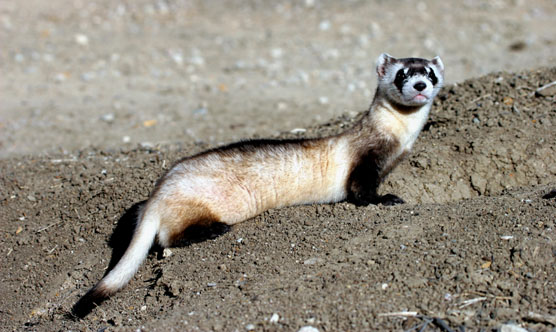In this method of conservation, targeted species is bred in captivity with intend of reintroduction back into natural habitat. In order to initiate breeding programs, sufficient number of founders from the species must be collected. Founders are individuals which give beginning to whole captive population.
Their number is dependent on rate of reproduction and duration length per generation, because genetic variation is lost each time individuals of closed population reproduce. But as a rule of thumb we can assume that around 25 of individuals is enough to establish stable captive population.

